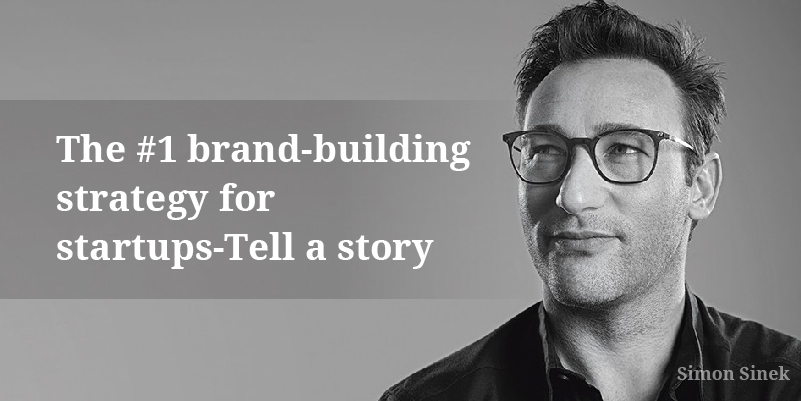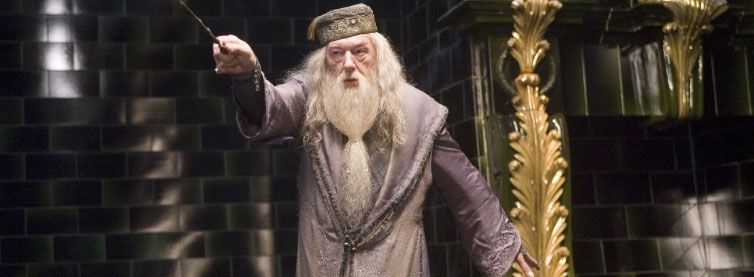Posted By Nithya S | Mar 06, 2020 - Storytelling
The #1 brand-building strategy for startups- Tell a story

Before there were blogs. Before there were videos. Before online marketing and elevator pitches- there was the story. For thousands and thousands of years stories have been told and retold. Around fireplaces. Across dinner tables. In staged whispers and crowded podiums. They’re hardwired into our brains.
The easiest way to connect with your audience and guide them to take action is to tell a story. Every business needs a strong sales funnel and a stronger story.
Keep them engaged and people will do as told
“You know what attention spans have shrunk. People have the attention of a goldfish”. You must’ve heard this a million times.
And marketers have been made to believe this lie.
You have content writers whittling down on copy.
UI writers struggling to explain what a contextual chatbot does in less than 3 words.
While their target audience are busy binge watching “Orange Is The New Black” on NetFlix.
It is not about a novel idea. It is not about attention spans.
It is not about what you sell. It is about the story you tell your audience. Keep them engaged and they’ll do as told.
According to a study by Kelton Research 9 out of 10 people surveyed revealed that a compelling story was a strong determiner in keeping them engaged.
The classic story structure
All good stories follow a similar narrative structure. The hero of the story runs into a problem, struggles to solve it, hits upon a solution and comes out at the other end stronger and wiser. This is a narrative structure that is familiar to us. From Hans Anderson fairy tales we read as kids to Tom Cruise saving the world every single time in Mission Impossible. We love this format because it is familiar.
Start Building Your Blockbuster Brand Story
Your step-by step brand storytelling blueprint
Step 1
Start with the need of your customer or gap in the industry.
Step 2
Introduce the hero. Be specific. If your product is aimed at young, up-mobile New Yorkers convey that through your copy.
Step 3
Describe the problem. Remember to make the problem strong and relevant.
Step 4
Show your hero how you solve his problem. Sound friendly, helpful and empathetic.
Step 5
Explain how ignoring the problem can lead to negative consequences.
Step 6
Demonstrate your authority by showing social proof. This can establish you as a trustworthy guide.
Step 7
Close. Close with a compelling, clear CTA that drives action.
You are not Harry Potter. You are Albus Dumbledore.
Yes. Too many brands make the mistake of trying to be the hero. We have the best features. We can save your business. And the worst sales pitch ever “Here’s a best-in-class solution for you”.

“Everybody likes being the hero of their own story.”
It is simple. Your customers like being the hero of their story. They don’t want to be sidekicks in their own narrative. You are the wise, friendly, patient guide who helps them along. You are Dumbledore.
What creates a compelling story? Don’t become a part of the noise.
Great stories create brands. It is not the other way around. How to craft a strong story of your brand?
Too many brands get this wrong. It is not just “BrandX was created in 1990 because a group of likeminded youngsters set out to disrupt the washing machine filter space”. This is tired storytelling.
“It is not about you. It is about the hero.”
So, let’s see the difference between a good story and a meh one
Good stories have well-defined characters.
But most importantly they have strong villains. The strength of the villain determines the strength of the hero and how compelling the story is. “I am altering the deal. Pray I don’t alter it any further.”
Star Wars wouldn’t be Star Wars without Darth Vader. And his iconic lines.
Batman wouldn’t be the superhero he is without Catwoman or The Penguin.
The villain of your story is the struggles your customers face. Make ‘ em strong.
Instead of saying, “Don’t lose customers due to poor cart abandonment follow up strategies ”
Say, “ A poor abandoned cart follow up strategy is costing your business thousands of dollars a month”.
Magnify the problem. It is different from fear mongering.
Your customers have more than one problem.
People ignore weak problems. Amidst maxed out credit cards, mortgages and deadlines, the problem you are trying to foreground can fade away without notice. You don’t want to circle down that drainhole.
“Strong problems sell”.

Sell the problem first – Steve Jobs
Good stories fit in with your customers’ worldview
Your customers are people. And people have worldviews. A worldview is what your customer believes in. It is based on their life experiences, biases and ambitions. But there are a few worldviews all of us believe in.
Better technology can improve lives.
Climate change is impacting lives.
Children deserve a better world.
There’s got to be a better way to market my product.
These are worldviews most people would agree with. There are common views your customers share. Frame your story to align with their worldview.
Example: RoundClicks is built to help people break away from tech hurdles and overpriced landing page builders. This is a worldview that most of our customers share. That marketing has to be easier and more cost-effective. That spending insane amounts of money to gain customers is passe’. We share the worldview of our customers. And that is why despite big brands monopolizing the market we’ve been able to build a steady stream of customers who love our product.
Good stories are like roller coasters.
Research shows that the best stories follow a similar graph. There are ups and downs. And more ups and downs.
Let’s see how you can build a compelling brand story by bringing out positive and negative emotions.
Brands without strong marketing strategies fail – Fear
The best marketing strategy is to tell a great story that resonates with your customers – Hope
Do you know what consists of a good story? – Curiosity
You need to. Because a bad story can hurt your bottomline – Fear
Let’s unbox storytelling – Interest
Follow a similar storytelling graph to tell your brand’s story.

Good stories simplify complex stuff
Do you still use words like “Cutting-edge”, “disruptive”, “enterprise-grade”? Don’t. Please. They mean nothing. Cut back on complexity. That’s what good stories do. They make complex things simple.
“Our cutting edge task management software provides big picture insights, granular data and sophisticated tracking capabilities, that’s on the frontline of data analytics, that…
Your readers are waiting for this sentence to end. Or mentally walked away.
Contrast it with a story like this:
Glen walks into the office worried about his best coder’s dipping productivity levels. He uses Task Easy to track her productivity metrics. Finds out she’s been leaving early. Uses the internal communication feature to know what the reason is. Finds out her babysitter is on leave. He provides flexible work hours and asks her to fill out the productivity sheet every day. They both go back home a happier person.
Moral of the story: Fire your software. Not your employee.
Make it simple. Cut back on jargon.
There is enough complexity in this world already!
Good stories are rooted in truth
People can see through a lie pretty quickly. If you spin a story based on imagination they’ll fast recognize it as fiction and get ticked off. Unless you are a fiction writer don’t stray away from the truth. Or rather too far away from the truth.
If your product lacks the same features as your competitor’s but still does a great job tell them that. Good stories are factual, consistent, trustworthy and refreshingly honest.
TRUTH IS THE EASIEST THING TO SELL.
DAYMOND JOHN
Good stories never begin with we are better
People react strongly to change. When the temperature in the room drops. When political scandals erupt. When you see something movingly beautiful, you react. The stories that stay etched in people’s minds are about change. Never say you are better. Your customers are going to forget you and move on. Say you are different.
Yes, the greatest and most enduring brand stories begin with we are different. Because people react to change.
Great stories sell.What is yours?
Learn to convert Generate more leads Close more sales
Explore the superpowers of RoundClicks. Build supercharged sales funnels. Join hundreds of happy customers. Let's get to know one another.

